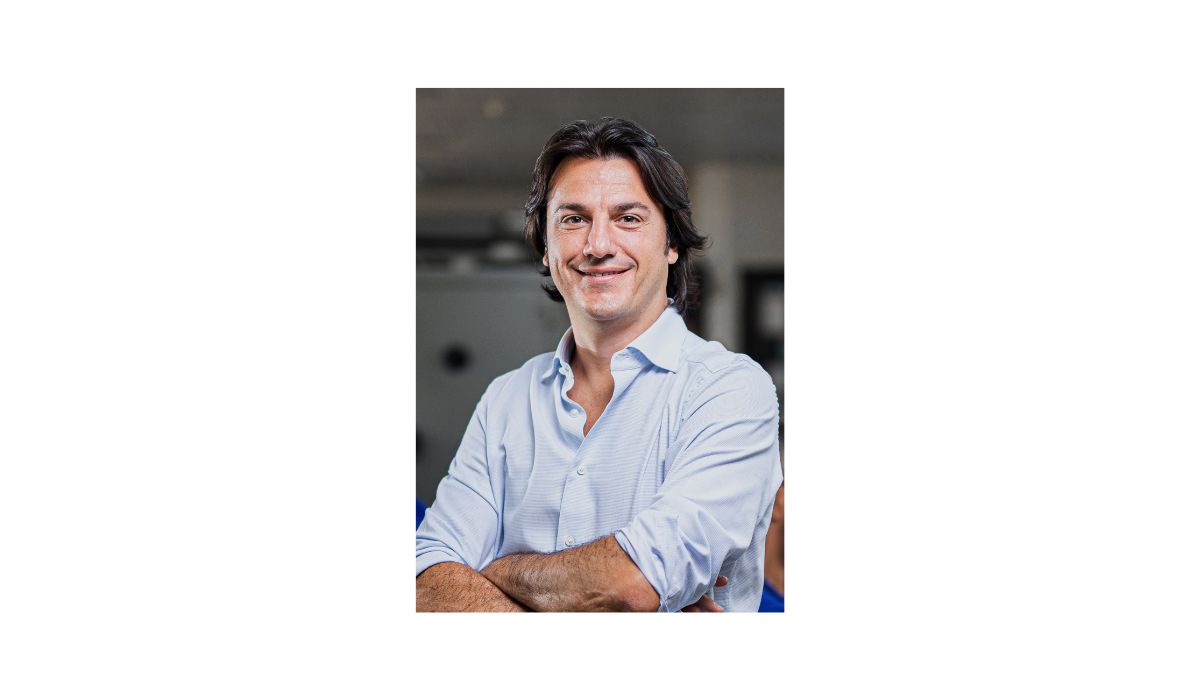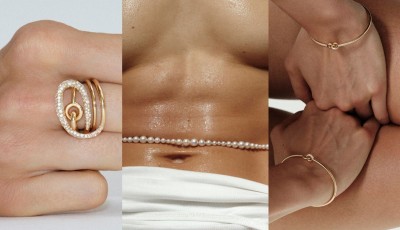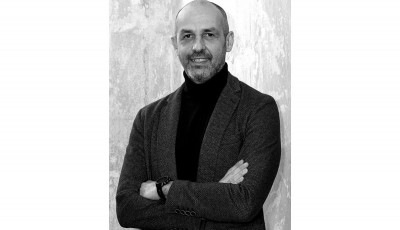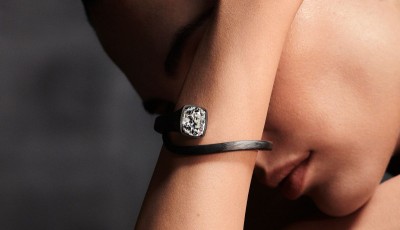Vicenzaoro Highlights, January 2025: Raselli's Enlightened Vision
Andrea Raselli, Ceo of Errepi Group and protagonist of yesterday’s talk organized by Assogemme, speaks about the value of the product and Italian style and how to make craftsmanship appealing
How has Errepi Group evolved over the years?
Our company has always worked as a third-party manufacturer. Initially, we operated in wholesale markets for Arab countries, later specializing in production for major brands. I began working young, noting gemstone measurements on envelopes during family trips my father organized to gemstone markets. After university, I started in Valenza but officially joined the company in the early 2000s with the opening of our office in China, focusing on internationalization. We subsequently expanded to Paris, the U.S., and Taiwan, gaining expertise in areas like gemstone cutting, titanium and platinum machining, and CNC processes for non-precious materials used in jewelry and watchmaking. We also doubled our space in Valenza and opened a diamond-cutting facility in India. Today, we remain integrated manufacturers with a global presence, dividing our sales equally across the U.S., Europe, and Asia, while maintaining medium-high quality, even for lower-priced items.
Does it still make sense to talk about "made in"?
Yes, especially when American clients seek the Italian touch, which is unmatched elsewhere. This applies to technical solutions and our deep Italian tradition, which remains a competitive advantage. However, it’s important to acknowledge that gems and metals are not sourced from Italy. The value of "made in Italy" lies in transforming these materials into excellence.
How has jewelry changed in the past 50 years?
Initially, a brand's value was judged by the product itself, with maximum attention to quality. Prestige brands gained recognition this way. Then marketing shifted focus to pricing and communication. Today, we may need to return to the earlier phase: if you ask for a premium price, the product must offer excellence and innovation beyond the competition.
Are young people aware of the value of this profession?
Not nearly enough. We need to promote it because, once understood, people fall in love with it. However, the decline in smaller companies' independence risks diminishing this value. The biggest challenge is finding skilled professionals to sustain this excellence; the shortage is severe, as shown by large groups' recruitment efforts in Valenza.
What are the solutions?
To make craftsmanship competitive, it must be more appealing, including the use of modern tools and online platforms that resonate with younger generations. For instance, we launched the “Raselli Passport” project, allowing participants to explore different company departments. Each visit earns a stamp, and they submit video reports to encourage engagement and a longer-term vision.
What is your vision for the future of jewelry?
Jewelry, being less cyclical than fashion, should break away from standardized trends. Even major brands struggle with market alignment, losing uniqueness. They need to rediscover their identity, focusing more on the product itself, which must regain its central role as the hallmark of relevance and exclusivity.
Our company has always worked as a third-party manufacturer. Initially, we operated in wholesale markets for Arab countries, later specializing in production for major brands. I began working young, noting gemstone measurements on envelopes during family trips my father organized to gemstone markets. After university, I started in Valenza but officially joined the company in the early 2000s with the opening of our office in China, focusing on internationalization. We subsequently expanded to Paris, the U.S., and Taiwan, gaining expertise in areas like gemstone cutting, titanium and platinum machining, and CNC processes for non-precious materials used in jewelry and watchmaking. We also doubled our space in Valenza and opened a diamond-cutting facility in India. Today, we remain integrated manufacturers with a global presence, dividing our sales equally across the U.S., Europe, and Asia, while maintaining medium-high quality, even for lower-priced items.
Does it still make sense to talk about "made in"?
Yes, especially when American clients seek the Italian touch, which is unmatched elsewhere. This applies to technical solutions and our deep Italian tradition, which remains a competitive advantage. However, it’s important to acknowledge that gems and metals are not sourced from Italy. The value of "made in Italy" lies in transforming these materials into excellence.
How has jewelry changed in the past 50 years?
Initially, a brand's value was judged by the product itself, with maximum attention to quality. Prestige brands gained recognition this way. Then marketing shifted focus to pricing and communication. Today, we may need to return to the earlier phase: if you ask for a premium price, the product must offer excellence and innovation beyond the competition.
Are young people aware of the value of this profession?
Not nearly enough. We need to promote it because, once understood, people fall in love with it. However, the decline in smaller companies' independence risks diminishing this value. The biggest challenge is finding skilled professionals to sustain this excellence; the shortage is severe, as shown by large groups' recruitment efforts in Valenza.
What are the solutions?
To make craftsmanship competitive, it must be more appealing, including the use of modern tools and online platforms that resonate with younger generations. For instance, we launched the “Raselli Passport” project, allowing participants to explore different company departments. Each visit earns a stamp, and they submit video reports to encourage engagement and a longer-term vision.
What is your vision for the future of jewelry?
Jewelry, being less cyclical than fashion, should break away from standardized trends. Even major brands struggle with market alignment, losing uniqueness. They need to rediscover their identity, focusing more on the product itself, which must regain its central role as the hallmark of relevance and exclusivity.






